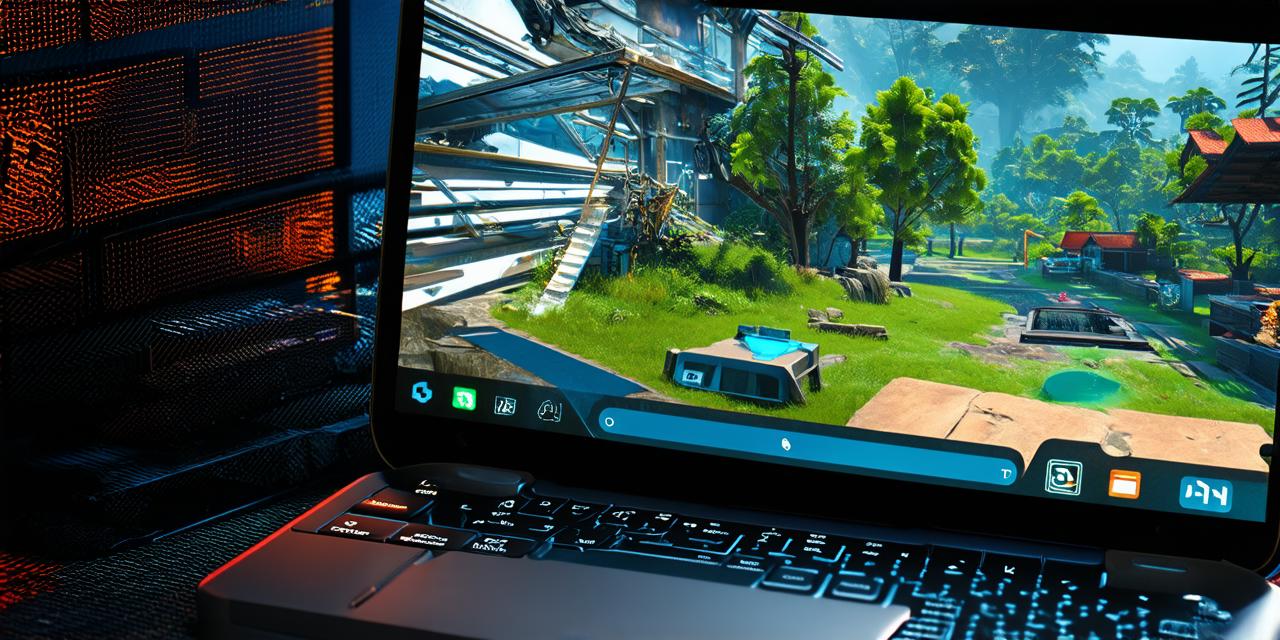I. Introduction
A. Overview of Unreal Engine
Unreal Engine is a popular game engine that was first released in 1998 by Epic Games. It has since been used to create a wide range of games, from console titles to PC and mobile games. Unreal Engine is known for its powerful graphics capabilities, intuitive user interface, and extensive support for a variety of programming languages.
B. Benefits of using Unreal Engine for Android game development
There are several benefits to using Unreal Engine for Android game development:
- Powerful graphics capabilities
- Intuitive user interface
- Extensive support for a variety of programming languages
- Easy integration with other tools and services
- Large community of developers and resources
C. What this guide will cover
In this guide, we’ll explore everything you need to know to get started with developing Android games using Unreal Engine. We’ll cover the basics of setting up your development environment, designing and building your game, publishing your game, and more. By the end of this guide, you’ll have a solid understanding of how to use Unreal Engine to create engaging and immersive games for Android devices.
II. Setting Up Your Development Environment
A. Installing Unreal Engine on your computer
To get started with developing Android games using Unreal Engine, you’ll need to install the software on your computer. You can download the latest version of Unreal Engine from the Epic Games website. The installation process is straightforward and should take only a few minutes.
B. Creating a new project in Unreal Engine
Once you have Unreal Engine installed, you can create a new project by clicking on the “New Project” button in the main menu. You’ll be prompted to enter a name for your project, choose a location to save it, and select the type of project (in this case, an Android game).
C. Configuring your project for Android devices
After you’ve created your new project, you’ll need to configure it for Android devices. This involves setting up the basic layout of your game, including the size and resolution of your game screen, the orientation of your game (landscape or portrait), and more. You can do this using the “Project Settings” window in Unreal Engine.
III. Designing and Building Your Game
A. Creating a basic game layout using Blueprints
Unreal Engine comes with a powerful visual scripting system called Blueprints, which allows you to create game logic without writing any code. To get started, you can use Blueprints to create a basic game layout by dragging and dropping various game elements (such as characters, obstacles, and buttons) onto the canvas.
B. Adding interactive elements to your game
Once you have your basic game layout set up, you can start adding interactive elements to your game using Blueprints. This might include creating game logic for player movement, adding collision detection, or implementing other interactive features.
IV. Publishing Your Game
A. Exporting your game to the Android platform
After you’ve finished designing and building your game, you’ll need to export it to the Android platform. This can be done through the “File” menu in Unreal Engine.
B. Submitting your game to the Google Play Store
Once you have exported your game, you’ll need to submit it to the Google Play Store for publication. This involves creating a developer account, preparing your game for submission, and following the guidelines provided by Google.
C. Marketing and promoting your game
To ensure the success of your game, you’ll need to market and promote it effectively. This might involve creating a website or social media presence, engaging with potential players, and using targeted advertising strategies.
V. Case Studies and Examples
A. Unreal Engine games that have been successfully published on Android
There are many examples of successful Unreal Engine games that have been published on Android, including:
- Infinity Loop
- Sky Force Reloaded
- Zombie Gun Diary 2
B. Real-life examples of how Unreal Engine has been used in game development
Unreal Engine has been used in a variety of real-life examples of game development, including:
- Fortnite
- Batman: Arkham Knight
- Mass Effect Andromeda
VI. FAQs
A. Common questions about developing Android games with Unreal Engine
Some common questions about developing Android games with Unreal Engine include:
- What programming languages can I use with Unreal Engine?
- How do I export my game to the Android platform?
- What are some best practices for designing and building games with Unreal Engine?
B. Answers to these questions from experienced Unreal Engine developers
Experienced Unreal Engine developers have provided answers to these common questions, which can be found in various online resources and forums.
VII. Conclusion
A. Recap of the main points covered in this guide
In this guide, we’ve covered everything you need to know to get started with developing Android games using Unreal Engine. We’ve discussed setting up your development environment, designing and building your game, publishing your game, and more.
B. Final thoughts on why Unreal Engine is the perfect choice for Android game development
Unreal Engine offers a wide range of benefits for Android game developers, including powerful graphics capabilities, intuitive user interface, extensive support for various programming languages, and a large community of developers and resources. With these advantages in mind, Unreal Engine is the perfect choice for creating engaging and immersive games for Android devices.
